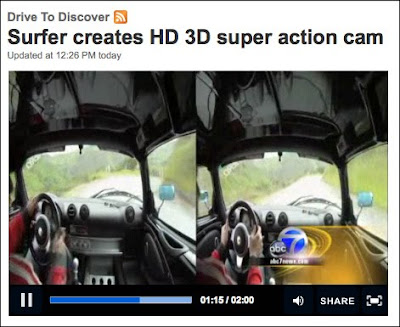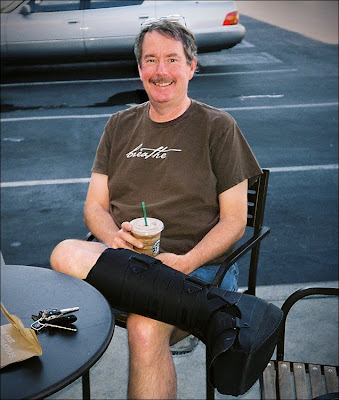Rich McGee, the California State University Employees Union (CSUEU) Unit 9 (Technical Trades) Bargaining Unit Chairperson, is among the many union activists in our union who are worried about outsourcing. We are not talking just about the kind of outsourcing we commonly see, where work is transferred off site and in-house staff is eliminated. In addition to outsourcing of major services and the visible loss of large numbers of jobs, McGee is worried about what he calls the micro-erosion of jobs.
"The micro-erosion of jobs is where little bits of our worker’s jobs are taken away, and soon we have no jobs left," said McGee. A good example of micro-erosion of jobs occurred at San Jose State University. Last Spring SJSU laid off about five percent of its CSUEU represented university employees, while at the same time outsourcing its e-mail services to Google.
When the e-mail system was in house CSUEU represented employees maintained the servers and protected the security of university e-mail. A common task done by CSUEU represented staff was password resets for users who lost or forgot their passwords. Many of the staff who did this were classified as Information Technology Consultants (ITCs.) These ITCs had other duties, few if any of them had resetting passwords as over 50% of their duties. None of them had campus wide ability to reset passwords. This work was distributed. Staff reset passwords only for the employees they themselves supported.
As part of the migration to Google the password reset function was taken away from long-time university employees and transferred to student assistants. These student assistants were given the ability to reset the passwords, and possibly access the e-mail accounts of every student, faculty member, counselor and staff employee at the university.
The “cost” of Google migration for CSU campuses was theoretically zero. But, the real cost as measured in training, lost productivity, weakened security and support of the Google migration has been far from free. In the SJSU example, the CSU system may be saving a few staff jobs and eliminating a few servers while incurring all the expenses listed above and concurrently sacrificing the security and integrity of university e-mail.
The true cost of contracting out state workers jobs, when you add in all factors, has cost our state dearly. Service Employees International Union (SEIU) Local 1000 which also represents state employees has reported, "By our estimates, the state could save approximately $350 million annually by utilizing state workers to cut unnecessary and wasteful outsourcing in IT, medical services and architectural and engineering contracts."
The micro-erosion of jobs is especially dangerous to us. There is language in our collective bargaining agreement offering some job protection for university workers when their jobs are eliminated due to contracting out. But, it has been harder to fight the loss of our work when the work being eliminated is spread among a pool of workers. In the SJSU example you had maybe 30 or 40 staff performing these functions as a percentage of their work. The work was contracted out, three workers in the classification that did the work were laid off and the university has argued there was no impact to CSUEU staff of the contracting out.
The micro-erosion of jobs does not even have to result in layoffs to be a threat. Attrition alone can take a toll, as jobs are not refilled as the work is taken away. Less staff paying into the retirement system threatens retirees as well as staff.
Not only does outsourcing take jobs out of the CSU system, it can take them totally out of the state and even the nation. Google has tens of thousands of oversees workers in Bangalore, Gurgaon and Hyderabad, India as well as other nations like China, Hong Kong, Korea, Singapore and Taiwan. This is only one company. The CSU is outsourcing our jobs and off shoring our tax dollars.
"The state has been unwilling to collect information on private contracts and make it publicly available," said Marie Harder, a senior information systems analyst and member of SEIU Local 1000's Outsourcing Task Force. "We need to hold the state accountable to how much tax payer money they waste each year on outsourcing projects that could be done better and cheaper by state employees."











































